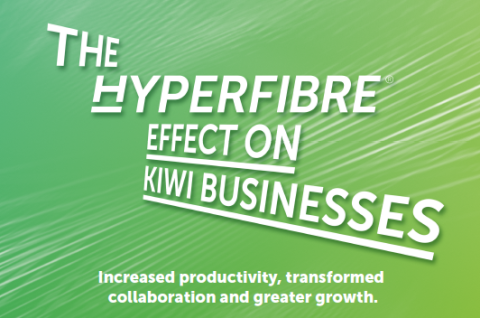Users at the heart of digital design
We’re on a quest to develop better digital tools and software for you, our partners and our people. Our goal is to improve efficiency and the flow of information to help you deliver the best possible experience for your customers. That’s why our digital design process is collaborative, and user-centred.
4 steps are involved in the development of our digital tools:
- Understand
- In our industry, there is an abundance of expertise – and it can be all too easy to make assumptions about what users need. That’s why we start with research to gain a deep understanding of users and their current context. We visit users on the job. We observe how they’re using current tools and systems, and ask questions like: What does a good day look like? How could things be improved? Our approach helps us zero in on the things that matter most.
- We then distil what we’ve learned into personas. A persona is a representation of the primary and secondary users of the software we’re designing and we use them throughout the process to check we’re meeting their needs.
- Define
- We then use the Personas and Persona Scenarios to help define software requirements. This ensures the features and functionality will address users’ pain points and add value.
- Design and test
- Once we’ve defined our requirements we move onto creating an interactive prototype. This could be a set of wireframes that show how a new user interface could work … or an API specification that developers can play with and envisage how their own applications might work.
- The prototype can be revised numerous times depending on the feedback we receive from users.
- We gradually increase the level of detail throughout user testing and eventually move onto finalising the design.
- Implement
- Once we’re confident with the final design, we move into build. During this stage, we continue to involve users – engaging them in further usability testing, and in the review of training and support documentation.
For more details, have a look at the video below, and visit our API developers portal. Get in touch with our customer experience team to know more.



